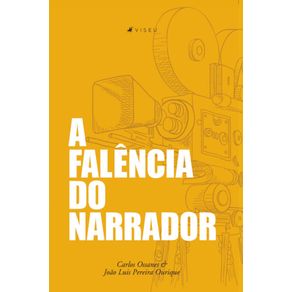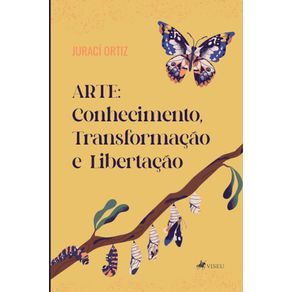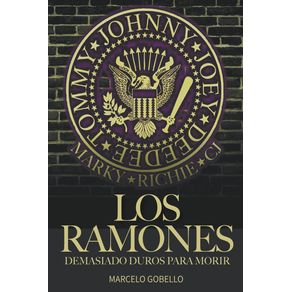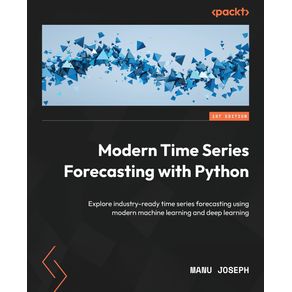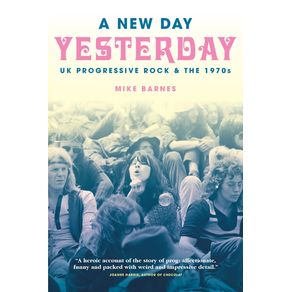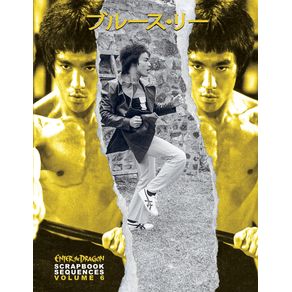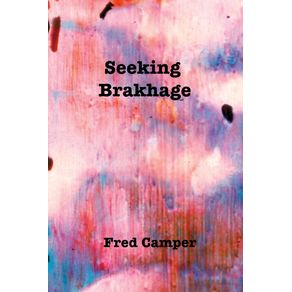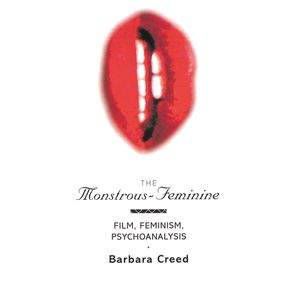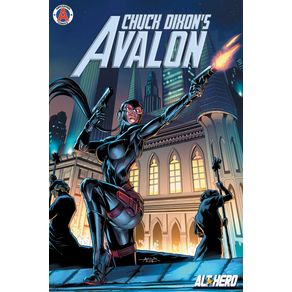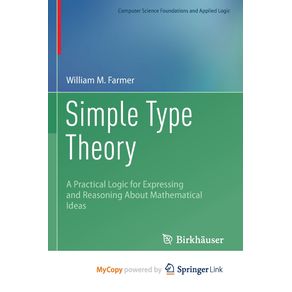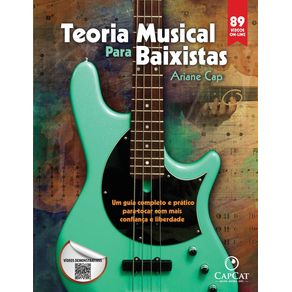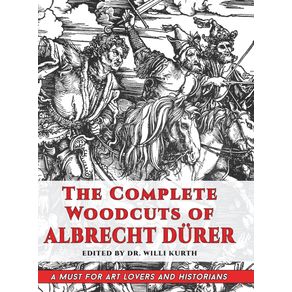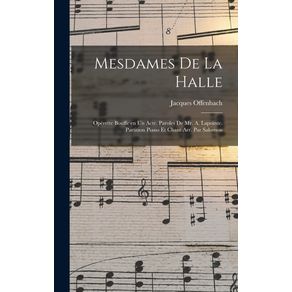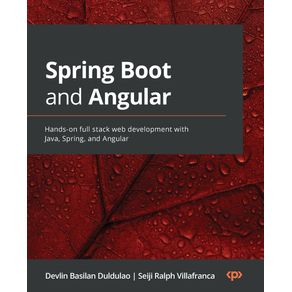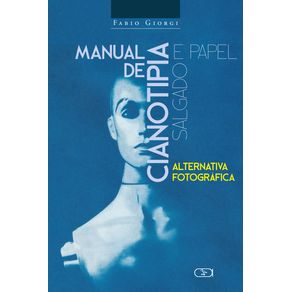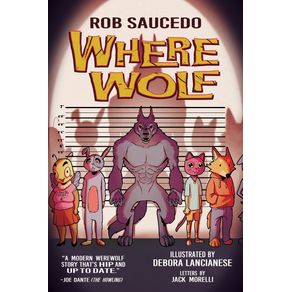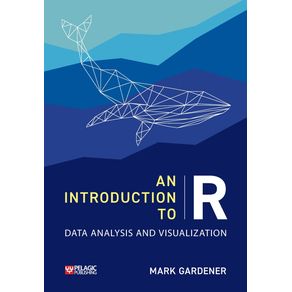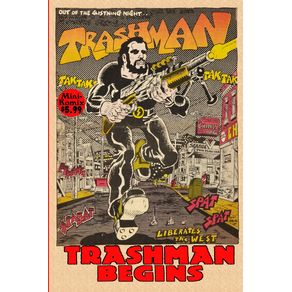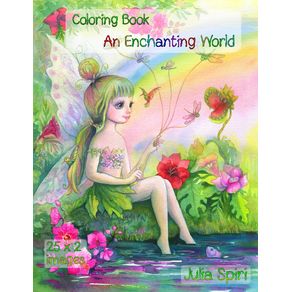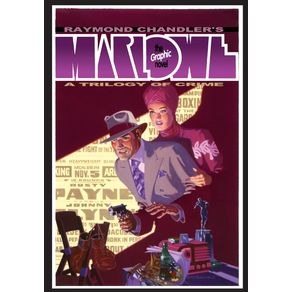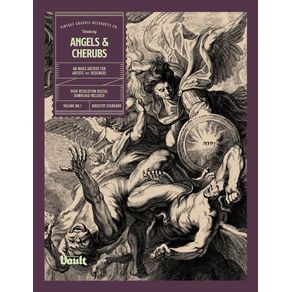-
DEPARTAMENTOS
- ANIMAIS DE ESTIMAÇÃO
- ARTES
- AUTO AJUDA
-
BEM ESTAR E LAZER
-
CATEGORIAS
-
-
CULINÁRIA E GASTRONOMIA
-
CATEGORIAS
-
-
ESPORTES
-
CATEGORIAS
-
- INFANTIL
-
RELIGIÃO
-
CATEGORIAS
-
- ADMINISTRAÇÃO E NEGÓCIOS
-
CIÊNCIAS BIOLÓGICAS E NATURAIS
-
CATEGORIAS
-
- DIREITO
- ECONOMIA
-
MEDICINA
-
CATEGORIAS
-
-
TODOS DEPARTAMENTOS
-
INTERESSE GERAL
-
LIVROS TÉCNICOS
-
- IMPORTADOS
The Eagles Nest
Cód:
491_9781847025425
The Eagles Nest
Autor:
Código:
491_9781847025425
Vendido e entregue por Um Livro
John Ruskin (1819-1900) was the leading English art critic of the Victorian era, as well as an art patron, draughtsman, watercolourist, philosopher, prominent social thinker, and philanthropist. He wrote on subjects as varied as geology, architecture, myth, ornithology, literature, education, botany, and political economy. His writing styles and literary forms were equally varied: he wrote essays and treatises, poetry and lectures, travel guides and manuals, letters, and even a fairy tale, with many of his works accompanied by his own detailed sketches. The elaborate style of his earliest writing on art later gave way to plainer language designed to communicate his ideas more effectively. In all of his writing he emphasised the connections between nature, art, and society. He first came to widespread attention with the first volume of Modern Painters (1843), an extended essay in defence of J M W Turner, and from the 1850s he championed the Pre-Raphaelites. In later years he became more focused on social and political issues, with Unto This Last (1862) marking this shift in emphasis. The Eagles Nest, first published in 1872 and reprinted from the twelfth edition of 1900, is a collection of Ten Lectures on the Relation of Natural Science to Art, Given Before the University of Oxford, in Lent Term, 1872. In 1869 Ruskin was appointed the first Slade Professor of Fine Art at Oxford University and in 1871 he founded his own art school at Oxford, The Ruskin School of Drawing and Art. Ruskins lectures were often so popular that they had to be given twice - once for the students, and again for the public.
Veja mais
